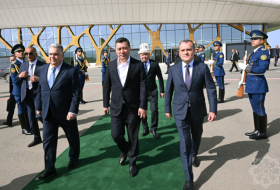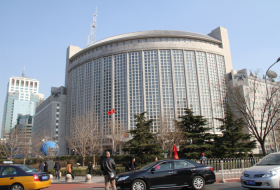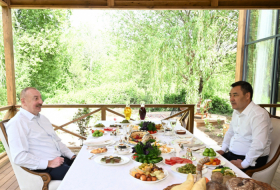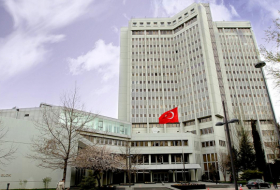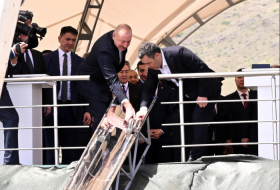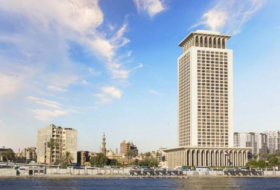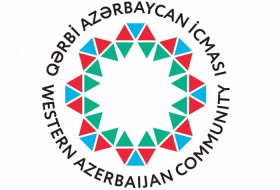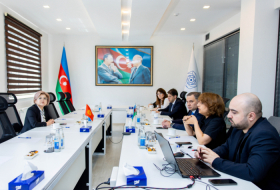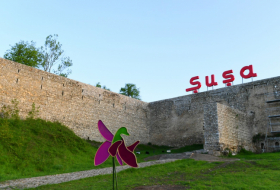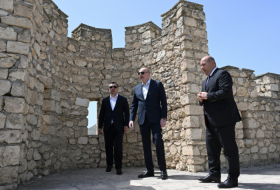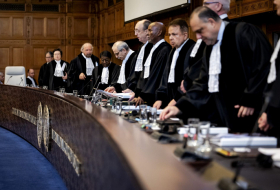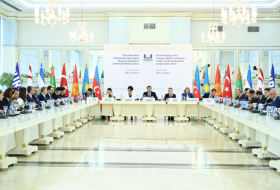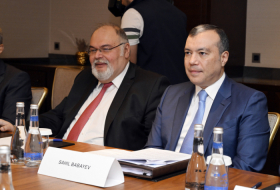According to the article, an old Spanish Proverb - “A horse is worth more than riches” has great meaning to Azerbaijani refugees from Nagorno-Karabakh region.
“Khojaly, my hometown, was only one of many cities seized and brutalized by the Armenian invaders, at the start of the Armenian-Azerbaijani Nagorno-Karabakh war in the early 1990s,” Aghayeva said. “And today Azerbaijani lands still remain under hostile occupation. Our beautiful homes remain stolen, violated, and destroyed.”
“When the invaders came, they spared nothing, living or material,” she said. “Young children, the elderly, our homes and mosques, our graveyards and even our livestock and wildlife were ravaged and destroyed.”
On February 25-26, 1992, the Armenian armed forces, together with the 366th infantry regiment of Soviet troops, stationed in Khankendi, committed an act of genocide against the population of the Azerbaijani town of Khojaly. As many as 613 people, including 63 children, 106 women and 70 old people were killed as a result of the massacre. Eight families were totally exterminated, 130 children lost one parent and 25 children lost both. A total of 487 civilians became disabled as a result of the onslaught. Some 1,275 innocent residents were taken hostage, while the fate of 150 people still remains unknown.
The conflict between the two South Caucasus countries began in 1988 when Armenia made territorial claims against Azerbaijan. As a result of the ensuing war, in 1992 Armenian armed forces occupied 20 percent of Azerbaijan, including the Nagorno-Karabakh region and seven surrounding districts. The 1994 ceasefire agreement was followed by peace negotiations. Armenia has not yet implemented four UN Security Council resolutions on withdrawal of its armed forces from the Nagorno-Karabakh and the surrounding districts.
“Precious across all of Azerbaijan, the Karabakh horse is native to this particular region, and while people fled and sought refuge, great efforts were also made to protect our legendary horses,” the article said.
“They, like so many people, were also moved, from town to town, away from the violence, and often under the veil of the moon or through rough, mountain terrains,” she added. “Without pasture and amidst tremendous instability, many horses died, preventing a repopulation of the dramatically devastated breed.”
“Today, the Azerbaijani government has programs to encourage the development of the Karabakh horse population, but this is especially difficult without access to their natural habitats; lands that remain occupied by the same forces that drove the horses out,” the article said.
“Now there are only a few thousand Karabakh horses left in the world,” she said. “In fact, in 2013, a Karabakh horse won a race on United States soil.”
According to the article, the future of the Karabakh horse remains bleak, without international outcry and the ability to return home, the breed may parish.
More about:









